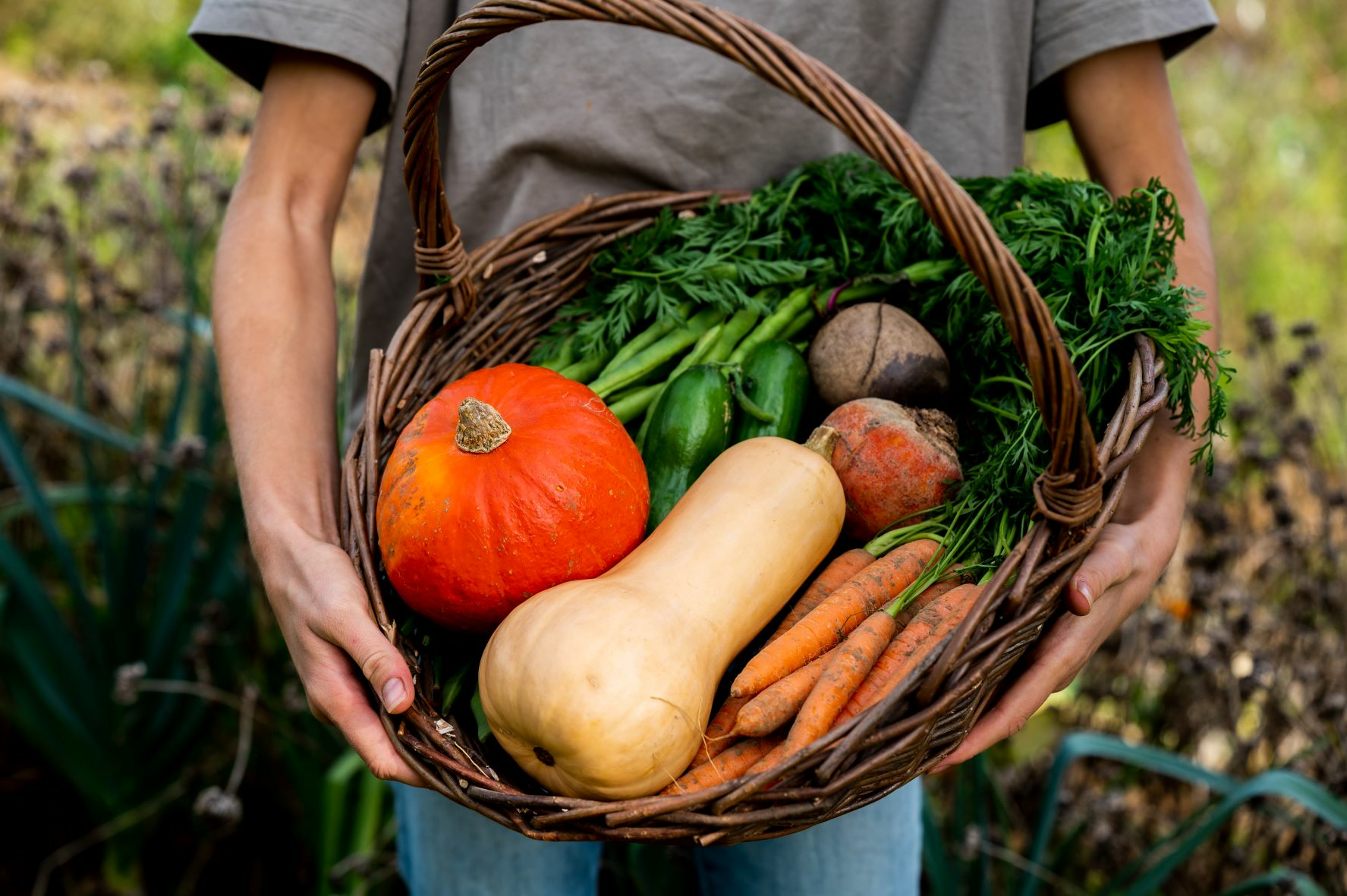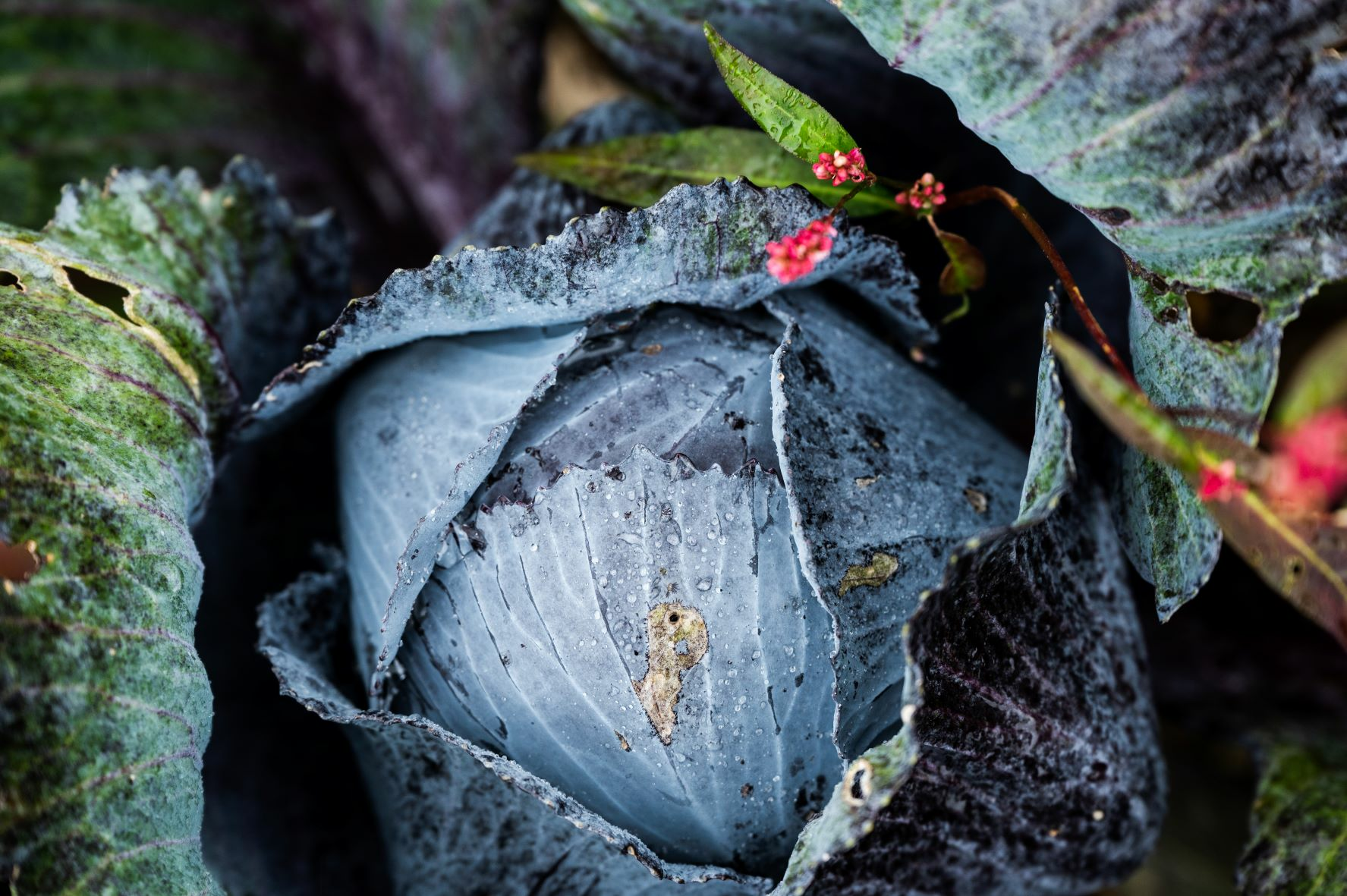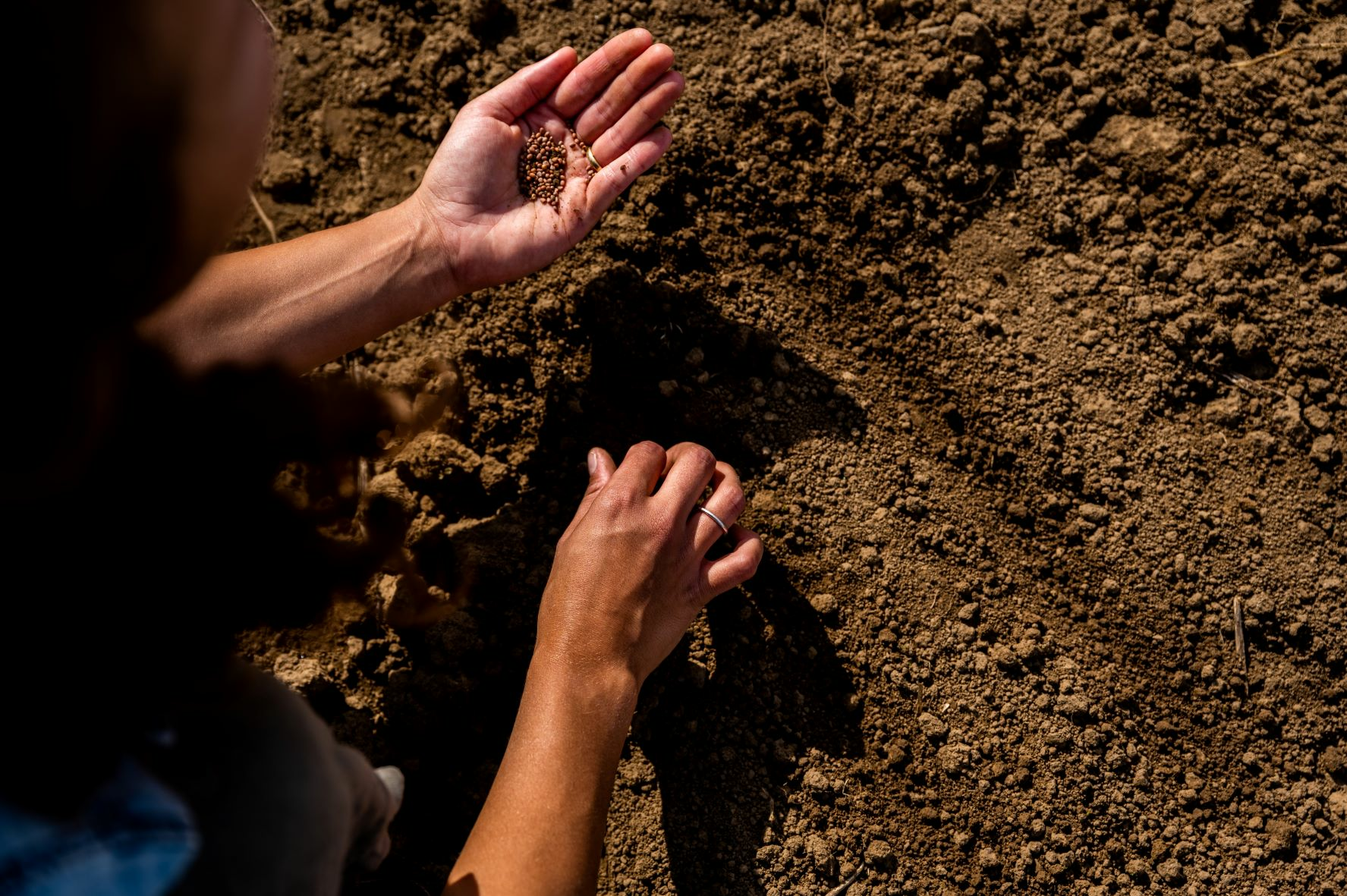Preserving crop diversity
Why is crop diversity worth protecting?
There are many reasons for preserving as much crop diversity as possible:
1. Cultural heritage of our ancestors
This cultural heritage contains knowledge about cultivation, propagation, seed production and harvesting that has been collected over generations. Without use and dissemination, this knowledge could fall into oblivion. And with it, a piece of the region's identity and vegetation history.
2. Maintenance of genetic diversity

Heirloom varieties offer diverse genetic material. Niche plants that have adapted to particular regional conditions such as drought, salt stress or cold could become more important for future breeding. In order to be able to breed new plants, we need a gene pool that is as diverse as possible. Old varieties provide this gene pool with a high degree of variability. In contrast, traits are usually lost in modern breeding through intensive selection.
3. World food security

New, resilient varieties need to be bred, especially in light of the climate crisis. This is because high-yielding varieties are usually more susceptible to disease and less adapted to extremes such as drought and heat. In order to secure the world's food supply in the future, we need resistant and high-yielding varieties. This is the only way we can farm productively and, above all, in an environmentally friendly way.
4. A healthy diet

In addition to pure nutritional security, the inner values of old varieties also play a role. Due to the increased content of secondary plant substances, they have a nutritional value for us. At present, these qualitative characteristics are hardly taken into account. However, it is worth preserving these characteristics.
5. Maintain independence

Old varieties are usually seed-resistant varieties. This means that they produce reproducible seed. This means that seeds become a common good again. Farmers and gardeners can take their own seeds and sow them again the next year. This is not possible with many new varieties (F1 hybrids); new seeds have to be purchased every year.
6. Promote biodiversity

Increased diversity in the garden and in the fields brings with it a diverse range of species. The more different types of fruit and vegetables, the better! This attracts numerous insects and small animals. With the increased number of species, natural antagonisms and symbioses can develop, which have a regulating effect on the ecosystem.
Sternstunden on Shutterstock.

